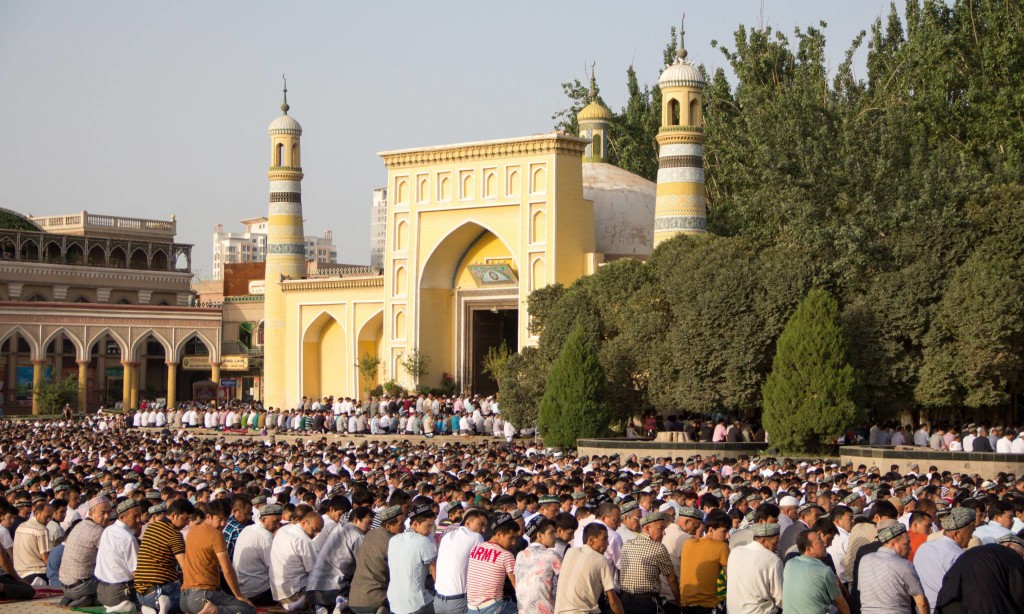The Id Kah Mosque is the largest mosque in China, with a capacity to allow 20,000 worshipers in on its most important holy days. It is also one of the oldest mosques in China, having been built in 1442. Through its long history, it has seen much. Islam had already arrived in Kashgar and the surrounding areas by the time the mosque was built, but the mosque witnessed, and, in a way, represented, the growth of Islam in the region. It witnessed the rise and fall of the Mongol powers to the north and the tightening grip of faraway Beijing.
When central authority was weak in China, a Chinese Muslim General, Ma Zhancang, held onto power by assassinating a Uighur-separatist leader and displaying his head at the Id Kah Mosque. This was a bid to retain at least a nominal level of political connection to Nanjing, at the time, China’s capital, and prevent Uighur separatists from declaring independence.
Being the largest mosque in China’s most Muslim city, the Id Kah Mosque is a central point in the lives of many Kashgaris. Because of this, the government in Beijing has sought to manipulate the practice of Islam as a way to control Uighurs. The mosque’s site is heavily monitored by security cameras and is surrounded by several police stations. Within the mosque, religious personnel are selected by a group within the Communist Party.
The name Id Kah is Persian for “Place of Celebration,” but celebrations are increasingly rare at the Mosque. These increasing security measures mean that the thousands of men who used to joyously fill the square have been banned by Beijing. Instead of celebration, Id Kah has become a center of control, something we witnessed all too clearly the next day.
